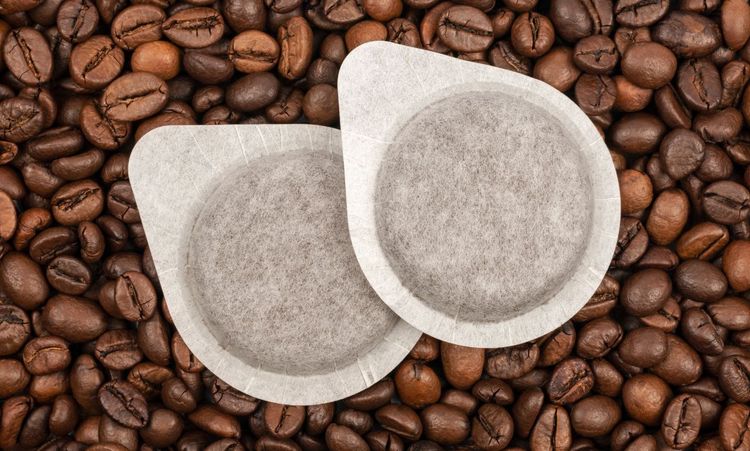Building muscle while in a calorie deficit sounds like trying to drive uphill with half a tank—challenging, but not impossible. Many people associate muscle gain with eating more, lifting heavier, and resting longer. But what if your goal is to lose fat and build lean muscle at the same time?
This process, often called body recomposition, is entirely possible with the right approach. It takes a deep understanding of your body, precise nutrition, smart training, and consistency. This article explores whether building muscle in a caloric deficit is achievable and how to do it properly.
Let’s break down how this works, who it works for, and the best practices to follow.
Gaining Muscle When Eating Less
Muscle growth happens when your body repairs and builds muscle fibers stronger after resistance training. This process requires energy and protein. If you're eating in a calorie deficit, your body has fewer calories than it needs to maintain its current weight.
The challenge lies in giving your body enough fuel to support muscle recovery while also asking it to burn stored fat. It’s a balancing act. Your body prefers using excess calories to build muscle. But if your training and protein intake are dialed in, you can encourage your body to tap into fat stores for energy while preserving—and even building—muscle tissue.
This is where nutrient timing, macronutrient balance, and a structured strength training program come into play.
How a Calorie Deficit Works
A calorie deficit means consuming fewer calories than your body burns in a day. Your Total Daily Energy Expenditure (TDEE) includes your Basal Metabolic Rate (BMR), physical activity, and the energy used to digest food.
When you eat below your TDEE, your body draws energy from internal sources—typically fat, but sometimes muscle if nutrition isn't properly managed. That’s why many dieters lose weight but also lose muscle mass. To prevent that, you need to be strategic.
Tracking your caloric intake and understanding how much energy your body needs is the foundation. Use tools like a TDEE calculator, progress photos, and body scans to guide your plan. The goal isn’t extreme weight loss—it’s sustainable fat loss with muscle preservation.
Protein and Resistance Training for Building Muscle
This is the heart of the matter. Protein intake and resistance training are essential when building muscle on fewer calories. Your body needs dietary protein to trigger Muscle Protein Synthesis (MPS), which builds and repairs muscle fibers.
Why Protein is Critical
When you're in a calorie deficit, your body might turn to muscle for energy unless it's supplied with sufficient protein. To prevent Muscle Protein Breakdown (MPB), aim for high-quality protein sources like chicken breast, edamame beans, Greek yogurt, and whey protein powder.
Distribute protein evenly throughout the day. Include it in every meal and post-workout to optimize muscle repair. Consuming around 1.6 to 2.2 grams of protein per kilogram of body weight is a safe range.
The Role of Resistance Training
Muscle growth won't happen without a reason. That reason is resistance training. Weight lifting and bodyweight workouts stimulate the muscles and create the need for repair. Use progressive overload—gradually increasing weight or intensity—to continue making gains.
Training three to five times a week with a focus on compound movements will offer the best results. Think squats, deadlifts, push-ups, and rows. These exercises engage multiple muscle groups and create higher muscle activation, which helps promote growth even in a calorie deficit.
Losing Fat While Maintaining Muscle
This is where the magic happens: body recomposition. You can simultaneously lose fat and maintain—or slightly build—muscle by combining resistance training, protein-rich foods, and a moderate energy deficit.
How Muscle Preservation Works
As you train and eat well, your body will prioritize muscle maintenance, especially if your diet supports muscle repair. Hormonal responses, including growth hormone release, play a role in regulating fat loss and muscle gain. Adequate sleep, hydration, and recovery help this process.
Carbohydrates and fats still matter. They provide the energy needed to get through workouts. Don’t go overboard cutting carbs or fats—focus instead on balance and overall nutrient quality.
Recovery days should include light activity, stretching, and proper nutrition. Skipping recovery leads to fatigue and eventually slows down results.
Setting the Right Calorie Deficit
The size of your deficit matters. Too large, and you'll lose muscle. Too small, and results take forever.
Best Practices for Deficit Settings
Start with a small deficit of 250–500 calories per day. This promotes sustainable fat loss without sacrificing strength or performance. A slower rate of weight loss—around 0.5–1 pound per week—is ideal.
Track your body fat percentage and lean body mass through monthly progress updates. Use tools like Fit3D scans or basic tape measurements to track changes in body composition, not just scale weight.
Adjust your caloric intake based on your training intensity and recovery needs. If your performance starts to drop or you’re losing strength, you may need to raise calories slightly or adjust your workout volume.
Include healthy fats like olive oil and nuts to support hormone function. Keep meals rich in vegetables, lean protein, and complex carbs to sustain energy levels.
Who Can Help in Setting Your Goals?
You don’t have to figure it out alone. A little guidance can go a long way, especially when your goals are specific.
Personal Coaches and Nutrition Experts
Fitness coaches or sports nutritionists can create tailored plans for your body type, fitness level, and goals. Services like Nerd Fitness Coaching, Vision Personal Training, or even online apps like MyVision can help you plan, adjust, and execute with clarity.
They use data like your BMI, current body composition, and workout history to build a roadmap. You’ll also learn about macronutrient tracking, meal prepping, and training periodization.
If you're new to resistance training or confused about meal timing, consider hiring a coach—either in-person or virtually.
Tools to Guide Your Journey
Apps and calculators are handy but should supplement—not replace—expert advice. TDEE calculators, food tracking apps, and gym programs can simplify your routine but always listen to your body.
Even community forums, like bodybuilding groups or fitness subreddits, can offer peer-to-peer insight. Just be cautious about bro science. Not all advice online is accurate or safe.
Conclusion
So, is it possible to build muscle while in a calorie deficit? Absolutely—but only with the right mix of science and commitment.
You'll need discipline, a good training plan, smart nutrition, and some patience. Focus on fat loss, not just weight loss. Fuel your body with enough protein and train with intention. Track your progress in multiple ways and be prepared to make adjustments along the way.
Don’t fall for quick fixes. Sustainable gains come from consistent effort. Keep learning, keep lifting, and your body will follow suit—even in a deficit.




